Creating a Mood Board
Many self-builders struggle with the interior design of their homes – if all the energy has been focused on getting the house built, it is easy to let the interior become something of an afterthought.
If you are stumped for inspiration, creating a mood board is a great way to work out exactly how you want your room to look and feel; it can even be passed on to a designer by way of a brief.
How to get started on your mood board
Compiling it can be great fun. Just start collecting materials (images, pictures torn out of magazines, text, examples of colours, textures, objects, etc.) that capture the ambience you want to recreate.
These will form a collage that crystallises your design ideas and help you to see what goes together – as well as what doesn’t.
The perfect mood board will ensure that all elements are in the same proportion on the board as they would be in the room, so you get a sense of the proportions of colour and texture.
For example, if the walls and floor are to be tiled, a sample or image of the tile would ideally be larger on the board than a swatch of the blind fabric – this will give you a clearer idea of how the finished room will look.
However, this isn’t always practical as boards can become incredibly heavy when laden with tiles.
Try to incorporate as many different items from your preferred specification as possible, even down to the style of the showerhead. This way, you’ll be able to make sure that all the different elements sit comfortably together and ‘contrast’ rather than ‘mismatch’!
What is your mood board for?
Decide how much information you really need on your mood board, and work out whether it is just for you (and can be purely decorative) or if it will be used to instruct installers and contractors.
If it’s for the latter, you will need to produce a far more detailed board that includes a scale floorplan with elevations that show heights of lights and mirrors, etc.
Unless you are an experienced room designer, it’s really helpful to include a disclaimer stating that measurements should be checked on site and any changes must be checked with you first.
What materials should you use for your mood board?
Now that you have been given the basic guidelines, you can get to work on your own mood board.
Take your general collection of inspiring cuttings, fabrics, pictures, colours and bits and bobs, and re-select the ideas and images that appeal to you the most.
You need to be ruthless and narrow down the selection until you have a firm idea about the look you want to achieve.
Don’t forget to include actual wallpaper and fabric swatches, colour from paint sample pots and any tiles/flooring options you may need.
How you can use your mood board
To take your mood board one stage further, you can source the exact products that you are looking for and create the board from those. I found the perfect feature mosaic tiles for my bathroom (above) and knew right away that they would influence the rest of my material choices.
By using the mosaic as the main focal point of the board, I had a clearer idea of what I wanted to achieve, and how I was going to achieve it. This method made it far easier for me to select the fabrics, paints, tiles and accessories that would complement the main feature.
Finally, even though you are only creating the board for one room, think about the design of the adjoining rooms, particularly in the case of an ensuite bathroom and bedroom, as mine is. Make sure the look works with the other schemes in the house – unless you want each room to have its own individual identity.








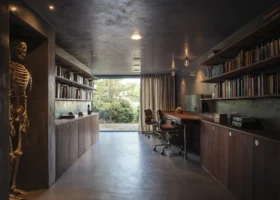
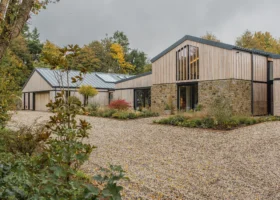
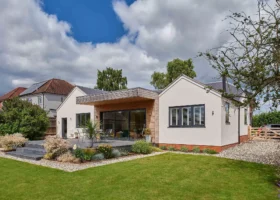





















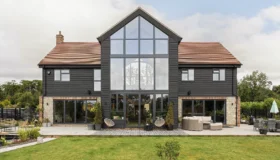


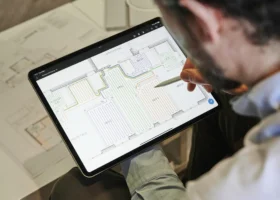








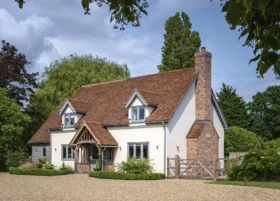


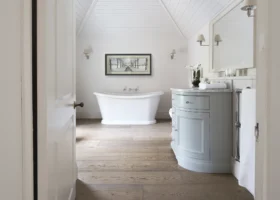





























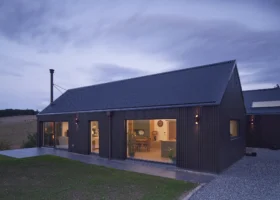
















 Login/register to save Article for later
Login/register to save Article for later













Comments are closed.